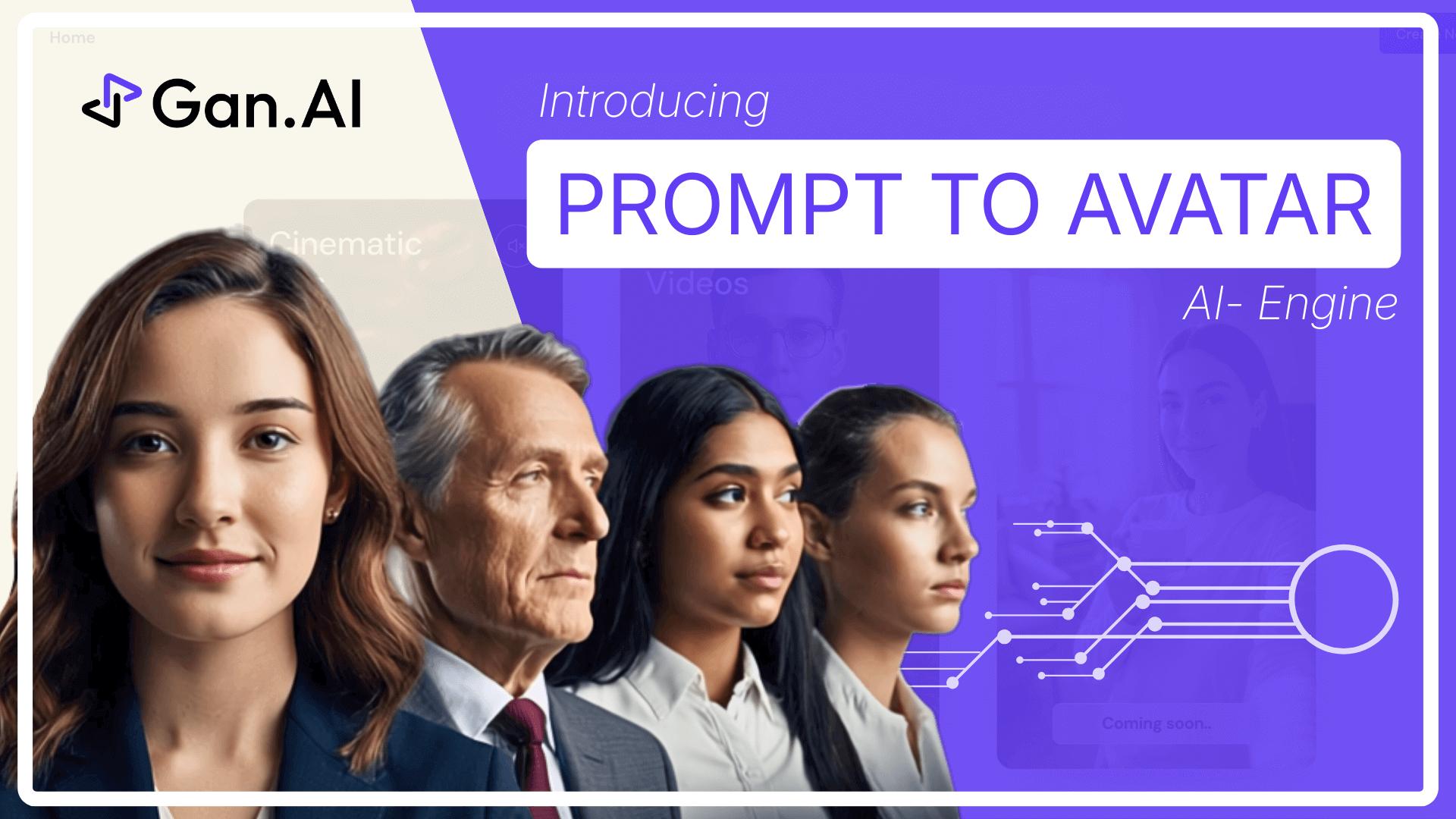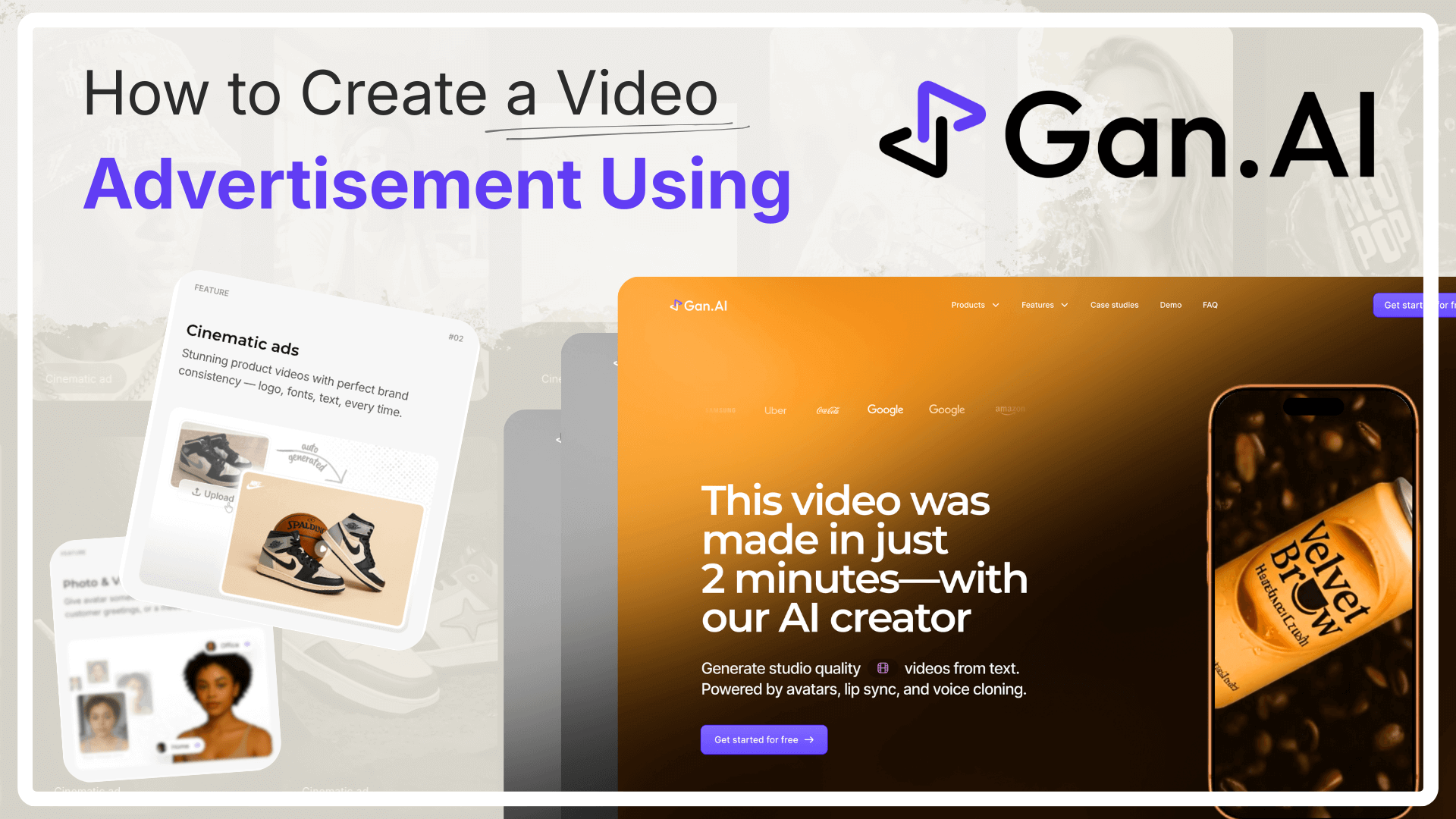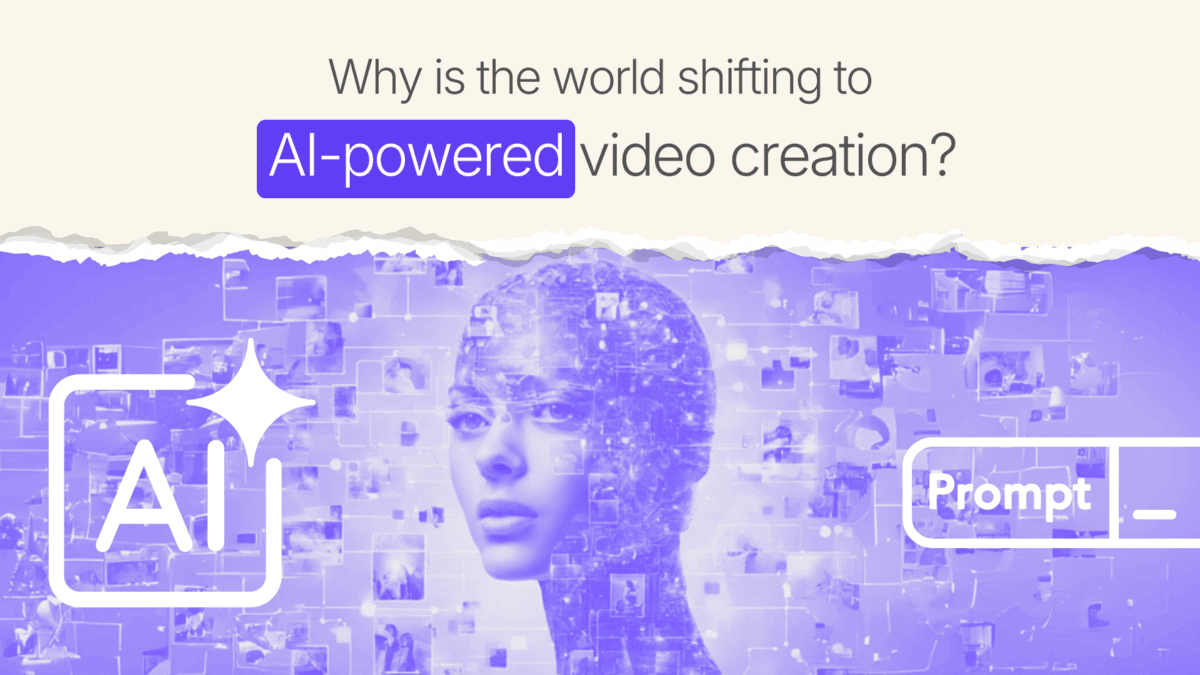Can AI Avatars Replace Real Influencers? Honest Review.
Picture this: a virtual being with flawless skin, magnetic charisma, and a 24/7 work ethic, pumping out viral content like clockwork. No coffee breaks, no scandals, no burnout. No sick days. No emotional baggage. No last-minute cancellations. Welcome to the mind-bending world of AI avatars for influencer marketing, where perfection meets precision, and digital personas become the new brand ambassadors.
These aren’t your average CGI mascots. Today’s influencer AI avatars are powered by cutting-edge AI that can mimic human expressions, understand language context, and adapt to trends faster than any human ever could. We’re talking avatars that dance, smile, recommend your next favorite product, and engage in DM conversations — all while staying impeccably on-brand.
With the rise of influencer AI avatar technology, brands are starting to ask a question that once felt far-fetched: Can AI avatars replace real influencers? It’s a bold, slightly uncomfortable question that hits at the very foundation of how we connect online. What happens when influence, trust, and relatability are programmed into a synthetic persona?
In this article, we’ll peel back the layers of this fascinating digital evolution. From TikTok dances to Instagram fashion hauls to YouTube AI video makers are flooding the content space. But are they a gimmick? A passing novelty? Or the beginning of a new era where influence is engineered, not earned?
Let’s dive in and unpack the promise, potential, and pitfalls of this rapidly unfolding reality.

What Are AI Avatars Anyway?
Before we tackle whether they can replace influencers, let’s get our terms straight.
AI avatars are hyper-realistic digital personas generated using artificial intelligence. Some are static models used in images and animations; others are dynamic, capable of movement, speech, and even real-time interaction.
AI avatars draw their lifelike qualities from a combination of powerful technologies working in harmony. These include:
- Advanced platforms that generate human-like speech and visuals from a simple script
- AI image generation tools trained on massive datasets to craft photorealistic facial features and body movements
- Real-time animation software that allows avatars to mimic expressions, lip sync, and gestures with stunning accuracy
- Synthetic voice engines and natural language processing (NLP) tools to ensure fluent, emotionally resonant communication
Put all these together and you get a full-blown influencer avatar that can walk, talk, and smile for the camera — without ever stepping into a studio.
And yes, they’re already here. From Lil Miquela to Shudu to Imma, these digital celebs are racking up millions of followers and brand deals.
Common Ways on How AI Avatars Can Replace Real Influencers
Now onto the big question. Can they really replace human influencers? Well, here are three compelling ways they just might:
1. Always On, Never Off
AI avatars don’t sleep. They don’t take vacations. They’re not moody or unavailable. No sick days. No reshoots. No missing deadlines due to personal issues or time zone clashes.
For brands, this is absolute gold. You can run a non-stop, 24/7 campaign that spans across continents with seamless messaging, consistent tone, and visually polished output. Whether it’s 2 AM in Tokyo or noon in New York, your influencer avatar is ready to show up, smiling, scripted, and studio-perfect. While a human influencer might deliver a couple of posts per week and take breaks in between. An AI influencer can generate high-quality content daily, hourly, or even on-demand, without showing signs of fatigue.
Imagine launching a global skincare line and having your influencer avatar instantly appear in promotional videos in 10+ regional languages. Even wearing climate-appropriate outfits, referencing local trends, and delivering culturally tailored scripts. All generated within minutes. No flights to coordinate, no customs hassles, no creative delays. Just pure marketing velocity.
What’s more, these avatars can scale up across platforms — TikTok, Instagram, YouTube Shorts — without ever requiring rest or rehearsal. That kind of flexibility and speed is something human influencers simply can’t match.
2. Total Brand Control
Real influencers come with opinions, values, and personal drama. They have unique personalities, emotional highs and lows, and sometimes unpredictable behavior. That’s not always a good thing for brands trying to maintain a tight, consistent, and on-message approach. From expressing political views to getting entangled in controversies, real-life influencers can introduce unexpected risks to a campaign.
While authenticity is often a strength, it can also be a liability when it diverges from a brand’s core values or tone. AI avatar generation, on the other hand, can be scripted to perfection, eliminating the possibility of off-brand opinions or headline-making mishaps.
With AI avatars for influencer campaigns, you control everything:
- Appearance
- Scripted messaging
- Tone of voice
- Frequency of posts
- Ethical alignment
There are no surprise tweets at 2 AM. No unexpected rants. No late-night regrets or impulsive live streams. Just smooth, consistent, brand-aligned delivery. Every single time, across every channel. Whether it’s a product launch or a sensitive campaign, you can be assured that your message will land exactly as you want it.
This level of control enables brands to craft their ideal AI spokesperson — both literally and strategically. From facial features to voice tone to the exact rhythm of speech, everything is intentional and modifiable. The result? A digital talking head AI for your brand that’s as reliable as your brand guidelines.
.png)
3. Infinite Personalization
Here’s where things get a little mind-blowing.
AI avatars can be used to generate personalized videos at scale — and we’re not talking about just changing outfits or accents. Let’s say you’re targeting multiple buyer personas across various demographics, income brackets, and even cultural contexts. Your influencer AI avatar can speak to Gen Z with internet slang and trending sounds on TikTok, appear more polished and data-driven for millennials on LinkedIn, and even deliver region-specific dialects and cultural references on YouTube that resonate with local audiences.
You could have the same avatar hosting a casual sneaker drop for teens in California while simultaneously appearing as a refined, jargon-savvy guide for a fintech product in Toronto. This level of micro-targeting enables brands to tailor their tone, vocabulary, emotional expressions, and even behavior based on the platform and audience — without requiring a dozen different spokespeople.
And here’s the kicker: all of it can be automated, scaled, and delivered instantly. The ability to adjust not only the visuals but also the emotional and contextual tone for each audience segment is something that no single human influencer can consistently replicate across time and platforms.
One avatar, infinite variations.
This level of flexibility is simply impossible for a human influencer, regardless of their talent. AI unlocks new doors for hyper-targeted storytelling.
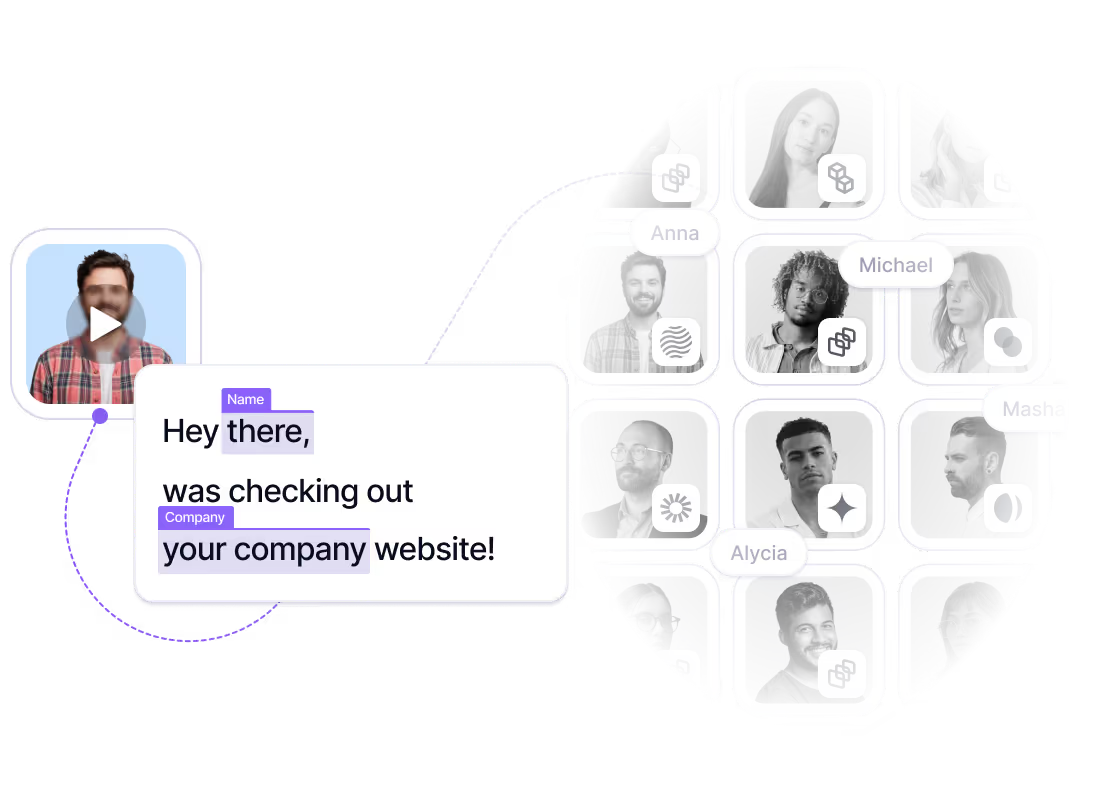
4. Cost Efficiency Over Time
Hiring top-tier influencers can burn a hole in your marketing budget — fast. Between appearance fees, agency commissions, travel costs, and production expenses, a single campaign can become a six-figure investment. But with influencer AI avatars, brands can sidestep most of these recurring costs.
Once an avatar is developed and trained, it becomes a reusable digital asset. You can dress it up for new campaigns, localize its speech, or update its look for different seasons — all without paying per post or negotiating contracts. Over time, this results in massive cost savings, especially for brands running high-frequency or multi-regional campaigns.
AI avatars offer a scalable alternative that reduces human dependencies and unlocks long-term efficiency.
5. Risk Mitigation & Reputation Management
Let’s face it: influencer scandals are a PR nightmare. One misstep by a human influencer — intentional or not — can derail an entire campaign and damage a brand’s reputation overnight. AI avatars eliminate this unpredictability.
Because avatars operate within brand-defined parameters, they’ll never go off-script, endorse controversial topics, or get caught in tabloid headlines. You can trust that their messaging, behavior, and public image will remain in sync with your company values.
This makes influencer avatars an ideal choice for brands in sensitive industries like finance, healthcare, and education where messaging precision is crucial.
6. Rapid Iteration & Creative Experimentation
Marketing moves fast. One moment a trend is peaking, and the next it’s old news. Human influencers often need time to brainstorm, film, revise, and publish — by which point the moment may have passed. The process of free creation, however, enables rapid creative iteration.
You can test different messaging angles, video styles, emotional tones, or scripts in real-time. Want to A/B test five different intros? No problem. Need a new reel ready within the hour to respond to a trend? Done.
The speed and adaptability of avatars for influencer content allows brands to experiment without the usual logistical bottlenecks, helping them stay culturally relevant and creatively bold.
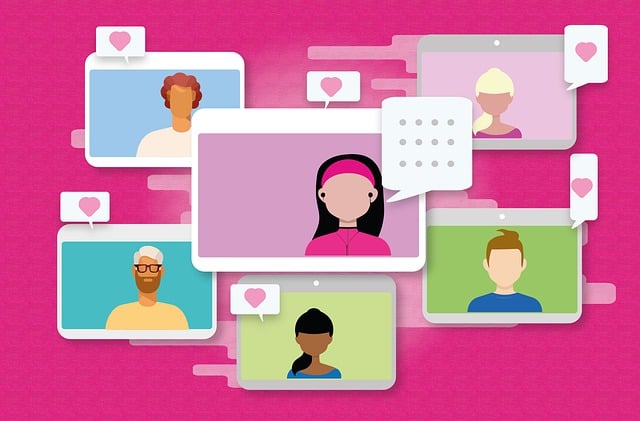
The Psychology of Influence: Can AI Be ‘Relatable’?
One of the biggest questions surrounding AI avatars is whether they can genuinely connect with audiences. After all, influence isn’t just about visuals or scripted lines. Instead, it’s about trust, relatability, and emotional resonance. So how do avatars stack up?
Interestingly, many virtual influencers have already cultivated large, loyal followings. Why? Because relatability, as it turns out, is partially performative. If an avatar can simulate vulnerability, humor, or wit convincingly, audiences often respond with the same emotional engagement they’d give a real person.
AI avatars can be programmed to display facial expressions, mimic empathy, or respond with human-like tone modulation. They can even “learn” from audience interactions to become more relatable over time.
However, the emotional connection may still feel shallow for some. Unlike human influencers who grow and evolve in real life, avatars remain bound by code. That limits their ability to surprise, stumble, or show authentic growth — traits that audiences often love.
Still, for younger audiences raised on digital-first interactions, the line between real and virtual is already blurred. To them, an influencer avatar who shares fashion tips, responds to comments, and speaks their lingo can feel just as engaging as any human creator.
In short: AI avatars can be relatable, but how “real” they feel depends on design, execution, and the expectations of their audience.
Frequently Asked Questions (FAQs)
Q: Can AI avatars completely replace human influencers?
While AI avatars can match (and sometimes exceed) human influencers in consistency, scalability, and cost-effectiveness, they still lack the emotional depth and real-world relatability of humans. In most cases, they’re best used to complement, not entirely replace, human creators — at least for now.
Q: Are AI influencer avatars trustworthy to consumers?
Trust depends on transparency. When audiences know they’re interacting with a virtual influencer and the content is clearly marked as such, it can build novelty and curiosity. However, brands must ensure that they disclose information ethically to avoid misleading consumers.
Q: How are brands currently using AI avatar tools for influencer campaigns?
Brands use AI avatars for:
- Multilingual, localized ad campaigns
- Product demos that run 24/7
- Virtual spokespersons for events
- Experimental or futuristic brand storytelling
Q: Can small businesses afford influencer AI avatars?
Yes! With free online AI video generator like Gan.AI and others lowering the barrier to entry, even small businesses can create and deploy professional-grade AI avatars without incurring significant costs. The long-term ROI often justifies the initial setup costs.
Q: Do AI avatars work across all social media platforms?
Most do. Avatars can be optimized for TikTok, Instagram, YouTube, LinkedIn, and more. Their adaptability is one of their strongest advantages. Thus, making it easy to tailor content for each platform’s tone and audience.

Conclusion On If AI Avatars Can Replace Real Influencers
So, can AI avatars replace real influencers? The answer is: in many ways, yes — but not entirely. AI avatars offer unmatched consistency, control, and scale. They never sleep, never misstep, and can morph into countless forms to meet the moment. For brands, this represents a future-proof way to amplify messaging, reduce costs, and operate across geographies without the friction of human logistics.
However, while avatars can replicate behavior and presence, they can’t (yet) replicate the deeply personal connection that comes from human vulnerability and spontaneity. For that reason, the future may not be AI versus influencers, but rather AI with influencers.
Still, if you’re ready to explore the frontier of digital influence, there’s no better time to start. Sign up for FREE on Gan.AI to create a custom AI avatar of yourself in just minutes. Step into the future of influence, one frame at a time.





